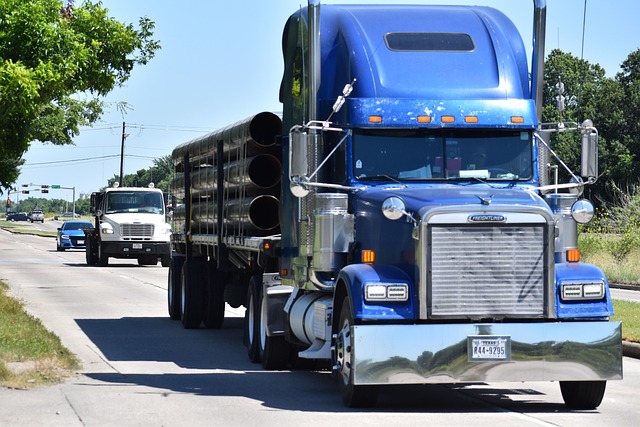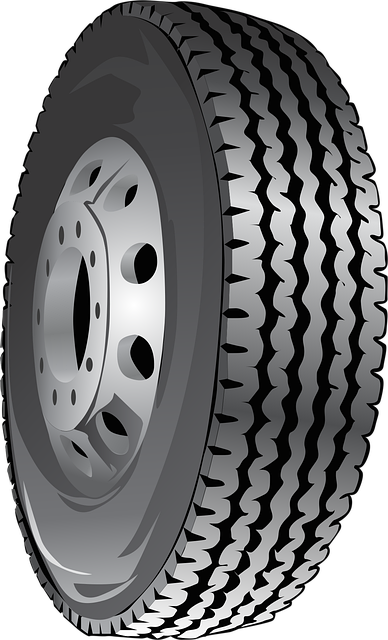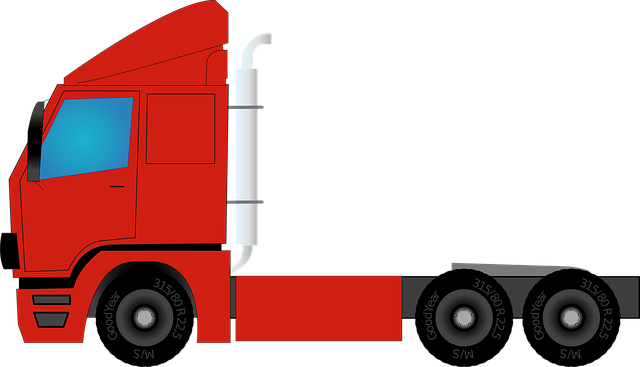Looking to register your car in California? This comprehensive guide walks you through every step, from understanding key requirements to securing your vehicle’s registration. We’ll outline the essential documents for VIN (Vehicle Identification Number) verification, detail the verification process itself, and provide clear instructions on submitting applications and fees to the DMV. By following these steps, you’ll have a smooth experience registering your car in California.
- Understand California Car Registration Requirements
- Gather Necessary Documents for VIN Verification
- Perform VIN Verification: Steps and Tips
- Submit Application and Fees to DMV
- Receive Your Vehicle Registration Documents
Understand California Car Registration Requirements

Before registering your car in California, it’s crucial to understand the state’s specific requirements. One key aspect is ensuring the Vehicle Identification Number (VIN) is accurately verified. This process, often referred to as VIN verification, plays a vital role in ensuring the vehicle’s history and authenticity are clear. California requires this verification as part of its registration process to prevent fraud and ensure the safety of all road users.
A valid VIN inspection ensures that the car has not been reported stolen, has no outstanding recalls, and meets all safety standards. In California, you can facilitate this through a mobile vin verification service, which offers convenient and efficient ways to complete the inspection. This alternative to traditional vin inspection methods is particularly beneficial for those who prefer a swift and hassle-free registration process.
Gather Necessary Documents for VIN Verification

Before you begin the registration process, ensure you have all the required documents for VIN (Vehicle Identification Number) verification. This step is crucial as it ensures the accuracy of your vehicle’s information and helps prevent fraud. Gather the following:
1. A valid driver’s license or state-issued ID card.
2. The title or proof of ownership of the vehicle.
3. The current registration certificate, if applicable.
4. A completed California Vehicle Registration Application form (DVF 140).
5. A mobile VIN verifier or scanner app for quick and convenient vin inspection – this can be particularly useful if you’re registering a car that’s been recently purchased or imported.
Perform VIN Verification: Steps and Tips

Performing a Vehicle Identification Number (VIN) verification is a crucial step in the car registration process in California. This involves checking the vehicle’s history and authenticity, ensuring it meets all safety standards, and confirming it’s not stolen or has any outstanding issues. You can conduct this process yourself using a mobile VIN verifier, which allows for a quick and convenient inspection at your convenience.
Here’s how to do it: first, obtain the VIN from your vehicle’s registration documents or by looking on the driver’s side door frame. Then, use a reliable mobile VIN verification service to run the number. These services will access extensive databases to pull up important information about the car’s history, including accident reports, odometer readings, and previous ownership records. Ensure the tool provides a comprehensive report that includes any potential red flags, as this will help you make an informed decision before registering your vehicle in California.
Submit Application and Fees to DMV

To register your car in California, the first step is to ensure all necessary documents are in order and complete the application process at a DMV field office or online through CalVIN. This involves submitting Form DMV-123 (Vehicle Registration Application), along with proof of insurance, vehicle identification number (VIN) verification, and any applicable fees. The VIN, a unique code that identifies your vehicle, is crucial for this process, and you can easily complete the verification through a mobile vin verifier or even request a mobile vin inspection to streamline the task.
After receiving all required documents, including the verified VIN, the DMV will process your application. This typically includes verifying your car’s title, inspecting it for safety standards, and ensuring that all taxes and fees are paid. Once approved, you’ll receive your registration certificate, which allows you to legally operate your vehicle on California roads.
Receive Your Vehicle Registration Documents

After submitting your application for vehicle registration, the California Department of Motor Vehicles (DMV) will process your request and send you the necessary documents. These include your official vehicle registration certificate, also known as a “registration card” or “green card,” which is proof of ownership and insurance. Additionally, you’ll receive a Vehicle Identification Number (VIN) verification report, which confirms the authenticity of your vehicle’s VIN. This process ensures that your car’s details are accurately recorded and helps in preventing fraud.
The VIN verification is a crucial step in the registration process, especially when using mobile vin inspection services. These services allow you to have your vehicle’s VIN checked remotely by a professional inspector, ensuring convenience and accuracy. With just a few simple steps, including providing your VIN and answering some basic questions, you can complete this task without visiting a DMV office.
Registering a car in California involves understanding key requirements, gathering essential documents, and successfully completing the VIN verification process. By following the steps outlined in this article—from preparing necessary paperwork to submitting applications and fees—you’ll be well on your way to securing your vehicle’s registration. Remember, accurate VIN verification is crucial for a seamless registration experience.
